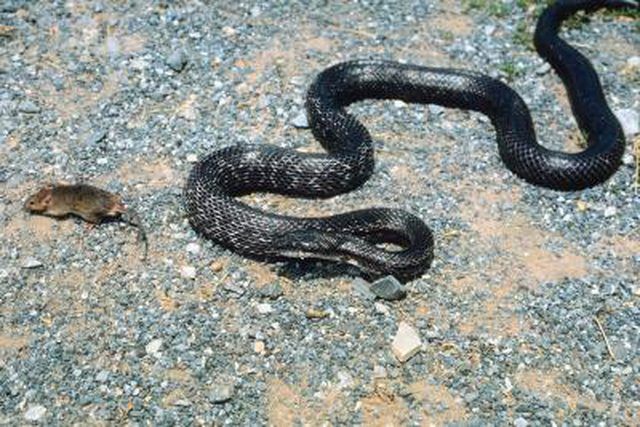Bulbs
Flower Basics
Flower Beds & Specialty Gardens
Flower Garden
Garden Furniture
Garden Gnomes
Garden Seeds
Garden Sheds
Garden Statues
Garden Tools & Supplies
Gardening Basics
Green & Organic
Groundcovers & Vines
Growing Annuals
Growing Basil
Growing Beans
Growing Berries
Growing Blueberries
Growing Cactus
Growing Corn
Growing Cotton
Growing Edibles
Growing Flowers
Growing Garlic
Growing Grapes
Growing Grass
Growing Herbs
Growing Jasmine
Growing Mint
Growing Mushrooms
Orchids
Growing Peanuts
Growing Perennials
Growing Plants
Growing Rosemary
Growing Roses
Growing Strawberries
Growing Sunflowers
Growing Thyme
Growing Tomatoes
Growing Tulips
Growing Vegetables
Herb Basics
Herb Garden
Indoor Growing
Landscaping Basics
Landscaping Patios
Landscaping Plants
Landscaping Shrubs
Landscaping Trees
Landscaping Walks & Pathways
Lawn Basics
Lawn Maintenance
Lawn Mowers
Lawn Ornaments
Lawn Planting
Lawn Tools
Outdoor Growing
Overall Landscape Planning
Pests, Weeds & Problems
Plant Basics
Rock Garden
Rose Garden
Shrubs
Soil
Specialty Gardens
Trees
Vegetable Garden
Yard Maintenance
How to Get Rid of Black Snakes in Central Florida
How to Get Rid of Black Snakes in Central Florida. The idea of a snake in or around your home can be a frightening thought. Even if a snake is not venomous, it can still bite you, your children or your pets. Snakes bite when they feel threatened or if they are provoked. Even though you should never try to remove or handle a snake that is venomous...

The idea of a snake in or around your home can be a frightening thought. Even if a snake is not venomous, it can still bite you, your children or your pets. Snakes bite when they feel threatened or if they are provoked. Even though you should never try to remove or handle a snake that is venomous or that you are unable to identify, you can safely remove known black snakes from in and around your home to protect your family.
Things You'll Need
Child’s rake
Trash can with lid
Snake trap
5-gallon bucket
Lid
Identifying Venomous Snakes in Central Florida
Observe the size of the snake to help determine if it is one of the four venomous snakes common to central Florida.
Diamondback rattlesnakes usually range between 3 and 6 feet in size. The pygmy rattlesnake is about 1 to 2 feet in size. The cottonmouth is anywhere from 1 1/2 feet to 4 feet in size. The coral snake is anywhere from 1 1/2 feet to 2 1/2 feet in size.
Observe the primary colors and markings of the snake. All four venomous snake species in central Florida have black markings.
The diamondback rattlesnake is dark to light brown with black diamonds on its back and a rattle on its tail. The pygmy rattlesnake is gray in color with blotches of dark gray or brown that can appear black, and it has a rattle on its tail. The cottonmouth’s coloring ranges from black to brown, and it has dark brown markings all over its body. The coral snake has bands of black, red and yellow.
Observe the location of the snake. The diamondback rattlesnake prefers flatlands with fields or grass and pine tree areas. The pygmy rattlesnake likes pine flatlands, lakes, freshwater marshes and grasslands. The cottonmouth prefers to live in or around rivers and swamps and the bushy areas surround them. The coral snake likes a variety of environments, such as swamps or dry flatlands.
Contact animal control in your area if you believe the snake you are dealing with is one of these four venomous types.
Capture Method One: Rake
Use small plastic child’s rake to snag a non-venomous snake between the prongs. You can use an adult rake, but children’s rakes have prongs that are closer together, making it easier to entangle the snake, and the handle is shorter, making it easier to maneuver.
Catch the snake around its center. This will keep gravity from pulling it instantly off the prongs of the rake.
Place your caught snake into a small trash can with a lid.
Transport your snake away from your home and release it into the wild.
Capture Method Two: Traps
Purchase a snake trap from your local home improvement or garden supply store. There are a number of traps you can choose from that vary in price. Two common traps are glue traps or cage traps.
Place your trap. The best location for your trap is along a wall where you have seen the snake frequently. Set up the trap according to package instructions.
Leave the trap, but check back daily to see if has caught any snakes. Remove any trapped snakes and place them in a 5-gallon bucket. Follow the trap's instructions for safe snake removal.
Place a lid or a piece of cardboard over the top of your bucket. Transport the snake several miles from your home to an open area, and place the bucket on its side to allow the snake to free itself. Taking the snake away from your home will help prevent it from returning.
Tips & Warnings
The state of Florida has six known species of venomous snakes: the southern copperhead, the cottonmouth, the eastern diamond back rattlesnake, the canebrake rattlesnake, the dusky pygmy and the eastern coral snake. The other remaining 44 varieties of snakes in Florida are not venomous. However, caution should still be used around the non-venomous snakes. Of the six species of venomous snake, all of them have black markings, except for the copperhead.
After you have caught and removed a snake, search the exterior of your home for potential entrances the snake may have used to get inside. Seal these entry points to prevent further access.
Never attempt to trap or handle a snake that may potentially be venomous. If you are unsure of the type snake you are dealing with, contact a professional for assistance.